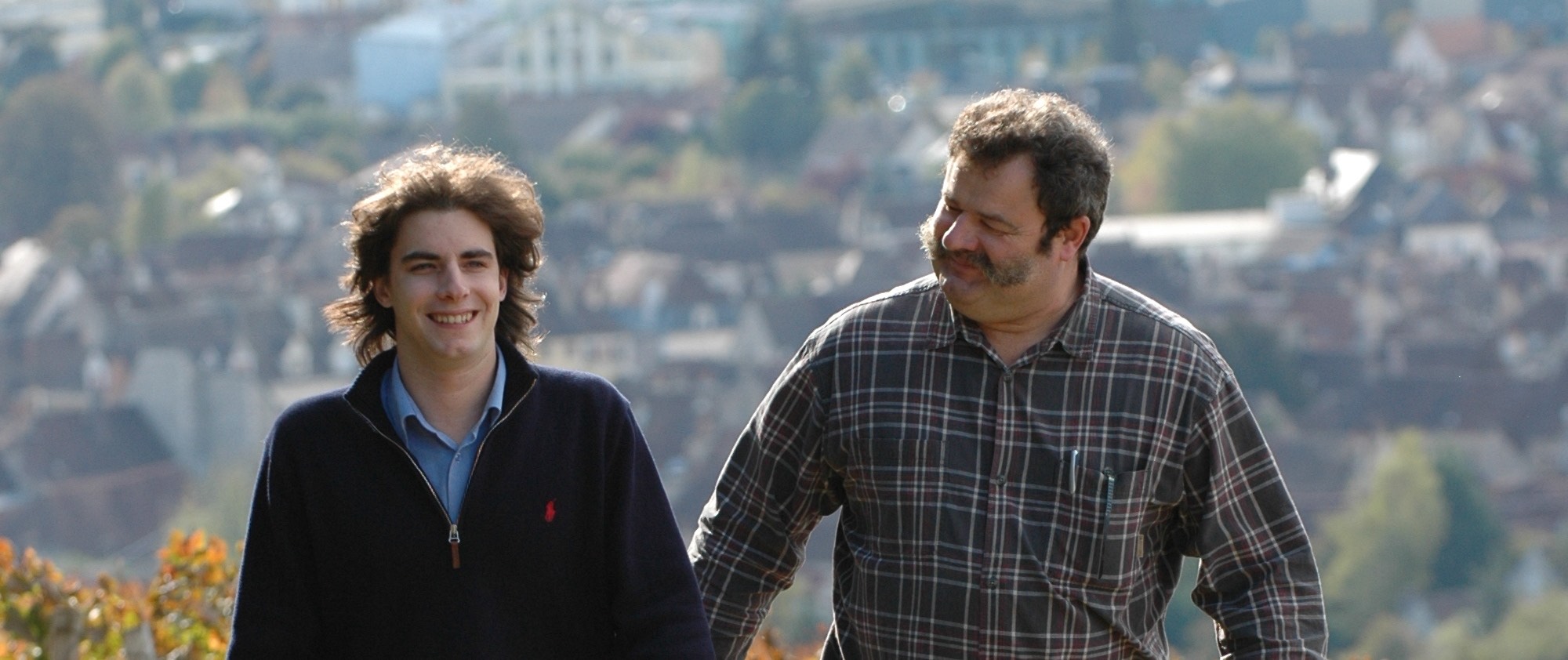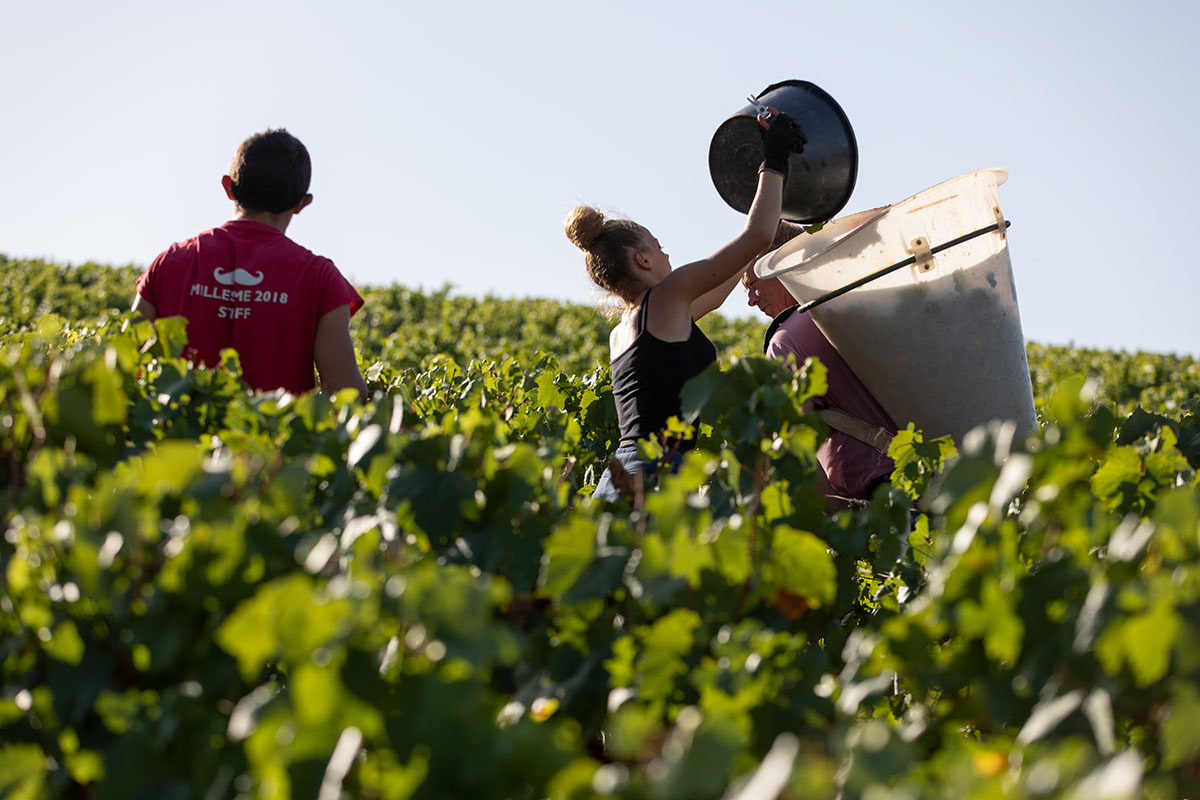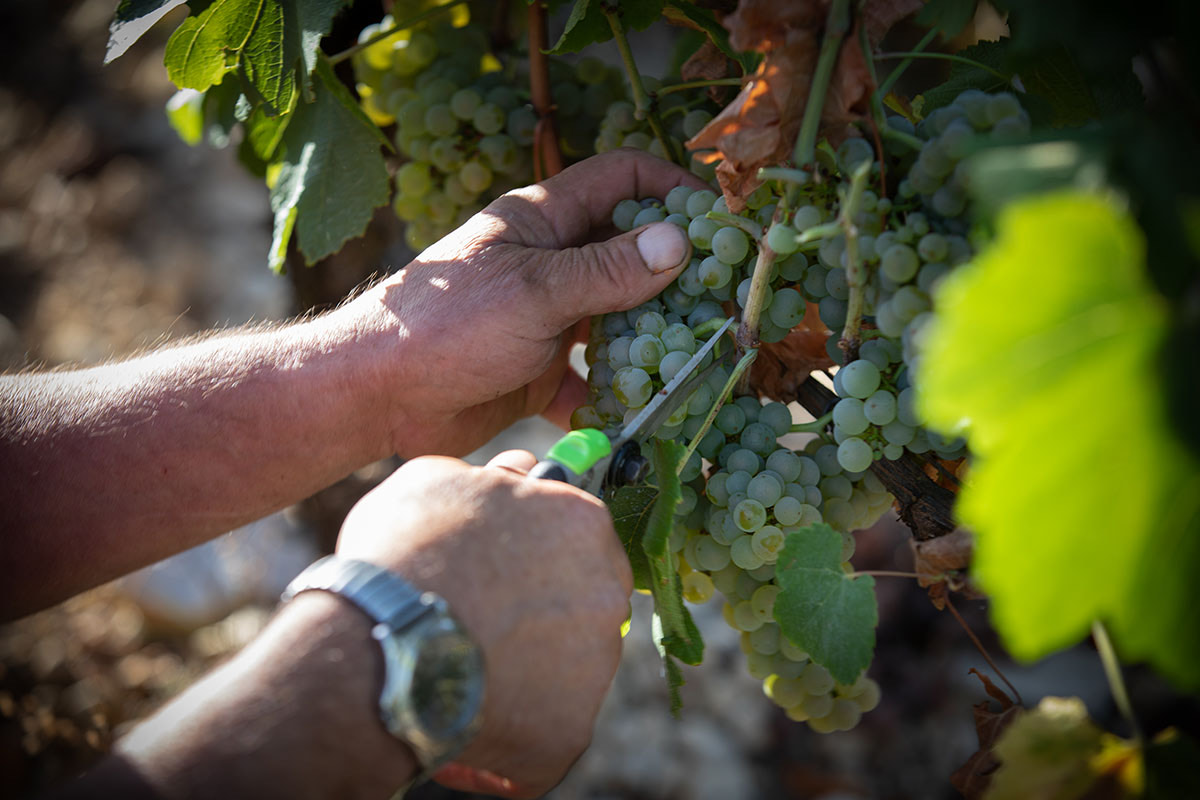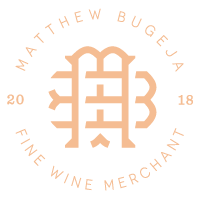Jean Collet
Jean Collet started Domaine Collet in 1954, the heir of a Chablis grape-growing family since 1792. After the days of Jean, came Gilles, one of the most animated personalities in Chablis. He’s generous, lively and usually the life of the party, always keeping his personality from being as serious as the wines he crafted over numerous decades with his father, and even more so now with his son, Romain. In 2008, Gilles was struck with nerve damage on one side of his body and had to prematurely pass the baton.
After only a few years of Romain putting new ideas to the test in the cellar and vineyard—natural yeast fermentations, organic and biodynamic farming—Gilles stepped aside completely and Romain began to make notable leaps from vintage to vintage.
At the young age of twenty-one, the eccentric and fun-loving Romain knocked it out of the park with his first vintage, 2008.
The foundation established by centuries of viticultural knowhow passed down through generations and Romain’s relentless curiosity and desire for improvement further set the stage for decades of inspired drinking from this domaine gifted with an average vine age of about fifty years. Romain pointed out that, “I am the luckiest generation. To have old vineyards like these to work with in my lifetime is something special, and it’s thanks to my grandfather, Jean.”
Organic viticulture is now part of the domaine’s practice under Romain’s direction—and with full support from the family. The two Grand Crus Valmur and Les Clos, the 1er Crus Montée de Tonnerre, Vaillons, Butteaux and Forêts have all been converted to organic farming, as well as a good portion of the Chablis AOC wine, where the organic culture tests were first done. The rest are sustainable, lutte raisonée, farming with the intention of eventually having all the sites fully converted.
The style at Collet is directed by the deep history with their vineyard parcels, how they grow, how they’re different from each other and ultimately how they respond in the cellar through their fermentations, and more importantly their cellar ageing. Each wine has something to say, and the Collets have taken the route of customising their approach to exemplify the natural talents of their many different climats.
For example, their parcel bottled as “Montmains,” is almost purely Kimmeridgian limestone marl rock and topsoil with next to no clay content. It is made exclusively in stainless steel to keep its edges intact and support its dynamic mineral and textural pressure. By contrast, across the Serein River on the right bank where there is more clay and deeper soils on the same limestone marl bedrock, Montée de Tonnerre is aged exclusively in oak barrels (younger, but none new), a common thread in the French wine world for wines grown in more clay-rich soils. Many vignerons believe that big clay soils need a little sculpting and are better served in oak to round out and polish them rather than in inert vessels, like stainless steel, which can’t introduce oxygen to the ageing wine.
The wines produced at the estate are the result meticulous work around traditional Burgundian winemaking methods, and new trends.




